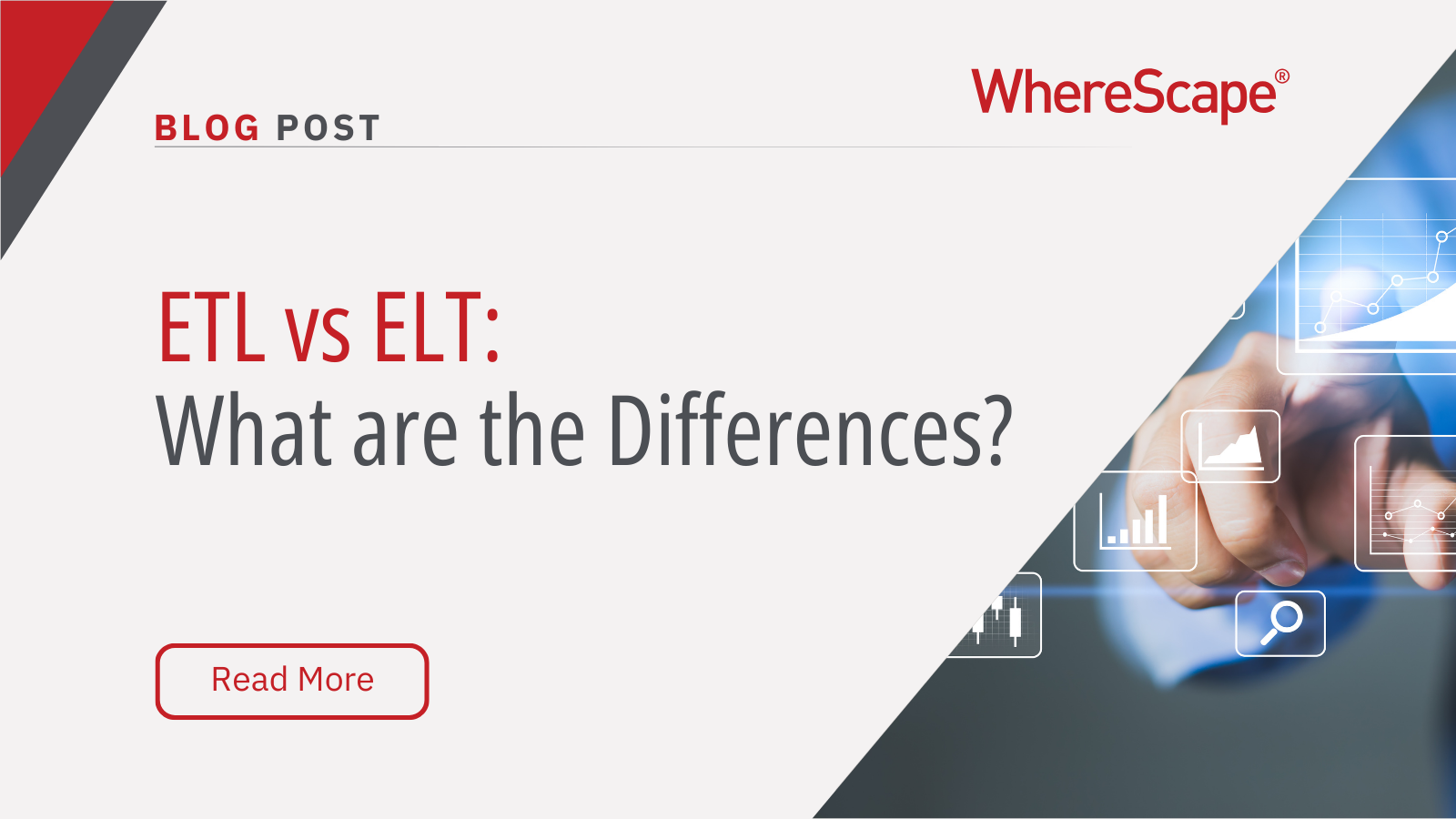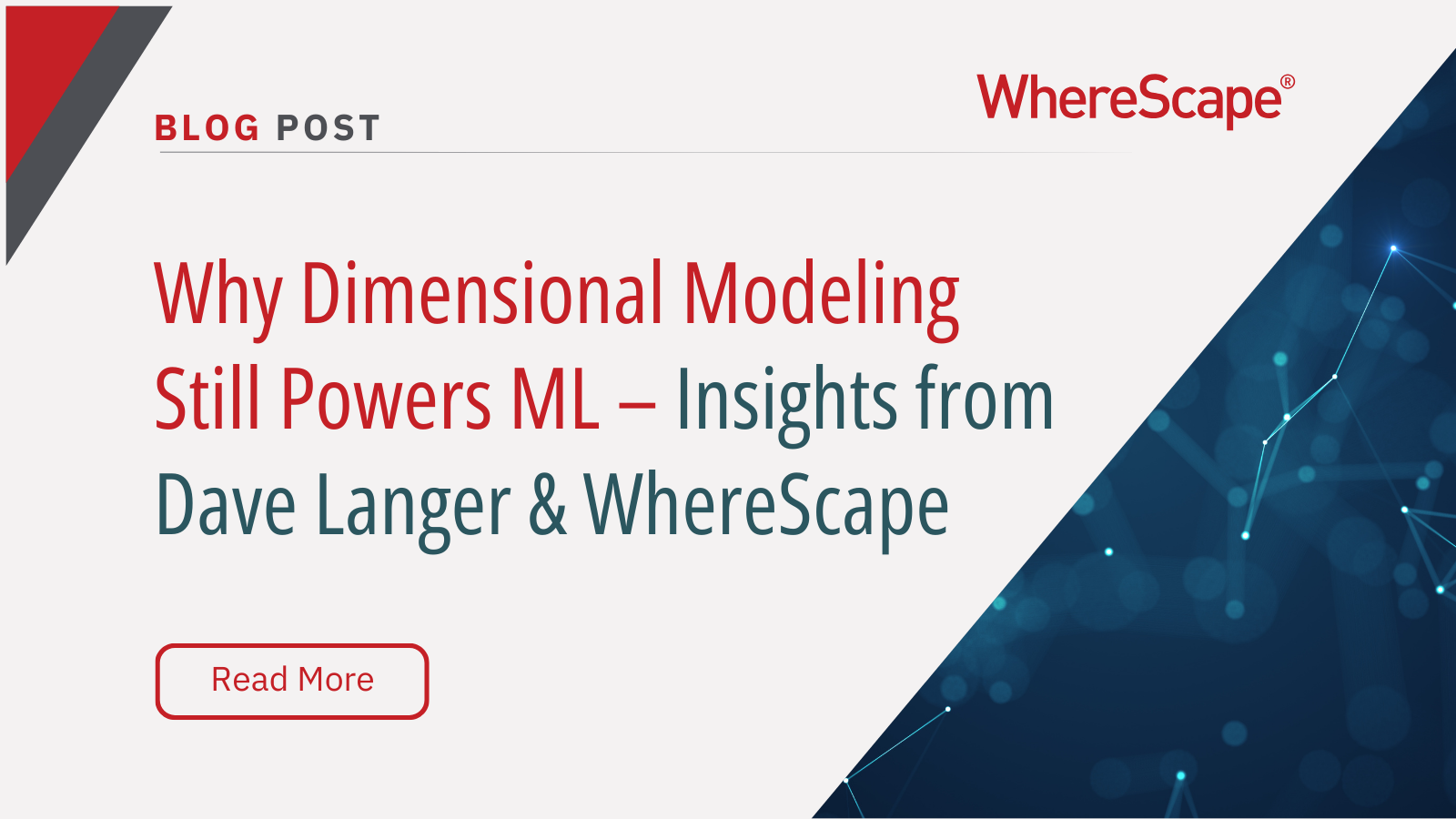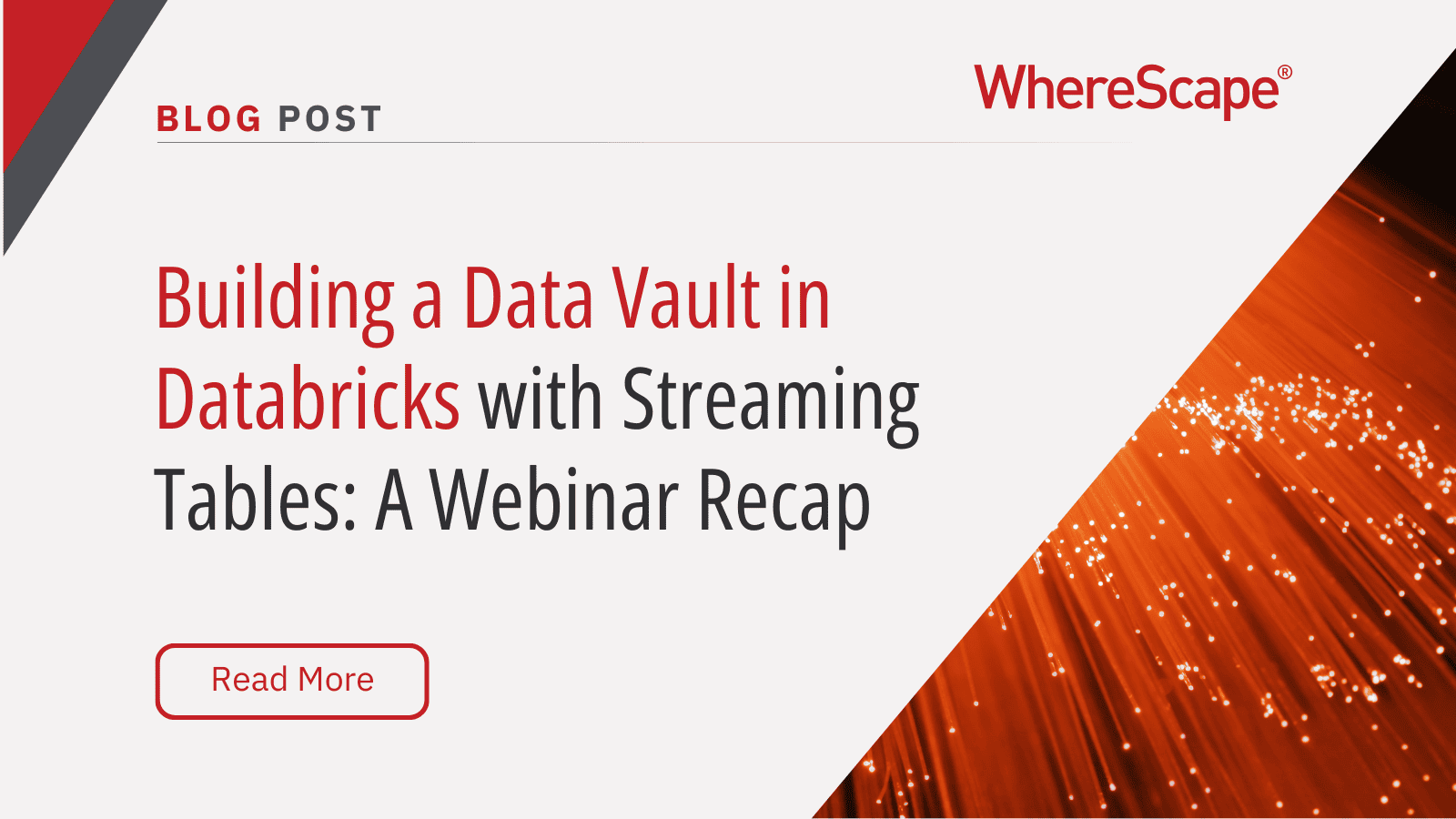Join us for a 60-minute live demo of...
Data Warehouse Development
Dr Barry Devlin is among the foremost authorities on business insight and one of the founders of data warehousing, having published the first architectural paper on the topic in 1988. Today he is a leading consultant and speaker on data warehouse development.
Barry has published a number of articles for WhereScape, to follow you will find a synopsis and introduction to some of these. Each has a link to the full blog so you can explore that specific subject in more detail.
Designing a Data Warehouse
Always keep in mind the basic goal of your project: to deliver a cross-functional, long-life foundation for data provision and decision support. Data warehouse development project types vary and will continue to mutate over time with requirements that you cannot predict now, and your data warehouse must continue to provide accurate data throughout this evolution.
This blog explains how to:
- Use templates to save time and money rather than building from scratch
- How to define and refine the logical structure of relational tables
- Choose which approach of data modelling is best for you – 3NF, Star Schema, Data Vault etc.
Building a Data Warehouse
This blog explains how every design is only as good as the reality of its source systems, their missing data and poorly defined data structures. The finished design is always a balance between the vision for the model and the constrains of the sources. The article covers:
- The five steps to follow when building a data warehouse
- How Data Warehouse Automation can help
- How to move from design to build
- Building a Data Vault with WhereScape Data Vault Express
Operating a Data Warehouse
This blog explains how to deliver your data warehouse successfully to the business and run it smoothly on a daily basis. We must avoid the problems of past ad hoc data warehouse development approaches that combined manual and semi-automated methods, and adopt advanced data management and automation practices. Find out how:
- Deployment needs to be treated as a long-term, monogamous relationship
- To address issues such as packaging and installation of the code
- To bundle sets of objects and transport from dev to QA and through to production
- To handle interdependencies between the data warehouse, data marts and data lake
- To automate the historical information that tracks performance over time
Maintaining a Data Warehouse
In some development projects, once a piece of software is up and running it needs only minor bug-fixing, but maintaining a data warehouse needs more attention than that. The nature of creative decision-making support is that users are continuously discovering new business requirements, changing their mind about what data they need and thus demanding new data elements and structures on a weekly or monthly basis. Indeed, in some cases, the demands may arrive daily! Read this blog to find out:
- What a data lake should and shouldn’t be used for
- Why and how a Data Vault gives more agility in the maintenance phase
- The role of metadata in data warehouse maintenance
- How to predict downstream impact of changes from automated documentation
ETL vs ELT: What are the Differences?
In working with hundreds of data teams through WhereScape’s automation platform, we’ve seen this debate evolve as businesses modernize their infrastructure. Each method, ETL vs ELT, offers a unique pathway for transferring raw data into a warehouse, where it can be...
Dimensional Modeling for Machine Learning
Kimball’s dimensional modeling continues to play a critical role in machine learning and data science outcomes, as outlined in the Kimball Group’s 10 Essential Rules of Dimensional Modeling, a framework still widely applied in modern data workflows. In a recent...
Automating Data Vault in Databricks | WhereScape Recap
Automating Data Vault in Databricks can reduce time-to-value by up to 70%—and that’s why we hosted a recent WhereScape webinar to show exactly how. At WhereScape, modern data teams shouldn't have to choose between agility and governance. That's why we hosted a live...
WhereScape Recap: Highlights From Big Data & AI World London 2025
Big Data & AI World London 2025 brought together thousands of data and AI professionals at ExCeL London—and WhereScape was right in the middle of the action. With automation taking center stage across the industry, it was no surprise that our booth and sessions...
Why WhereScape is the Leading Solution for Healthcare Data Automation
Optimizing Healthcare Data Management with Automation Healthcare organizations manage vast amounts of medical data across EHR systems, billing platforms, clinical research, and operational analytics. However, healthcare data integration remains a challenge due to...
WhereScape Q&A: Your Top Questions Answered on Data Vault and Databricks
During our latest WhereScape webinar, attendees had fantastic questions about Data Vault 2.0, Databricks, and metadata automation. We’ve compiled the best questions and answers to help you understand how WhereScape streamlines data modeling, automation, and...
What is Data Fabric? A Smarter Way for Data Management
As of 2023, the global data fabric market was valued at $2.29 billion and is projected to grow to $12.91 billion by 2032, reflecting the critical role and rapid adoption of data fabric solutions in modern data management. The integration of data fabric solutions...
Want Better AI Data Management? Data Automation is the Answer
Understanding the AI Landscape Imagine losing 6% of your annual revenue—simply due to poor data quality. A recent survey found that underperforming AI models, built using low-quality or inaccurate data, cost companies an average of $406 million annually. Artificial...
RED 10: The ‘Git Friendly’ Revolution for CI/CD in Data Warehousing
For years, WhereScape RED has been the engine that powers rapidly built and high performance data warehouses. And while RED 10 has quietly empowered organizations since its launch in 2023, our latest 10.4 release is a game changer. We have dubbed this landmark update...
The Assembly Line for Your Data: How Automation Transforms Data Projects
Imagine an old-fashioned assembly line. Workers pass components down the line, each adding their own piece. It’s repetitive, prone to errors, and can grind to a halt if one person falls behind. Now, picture the modern version—robots assembling products with speed,...
Related Content
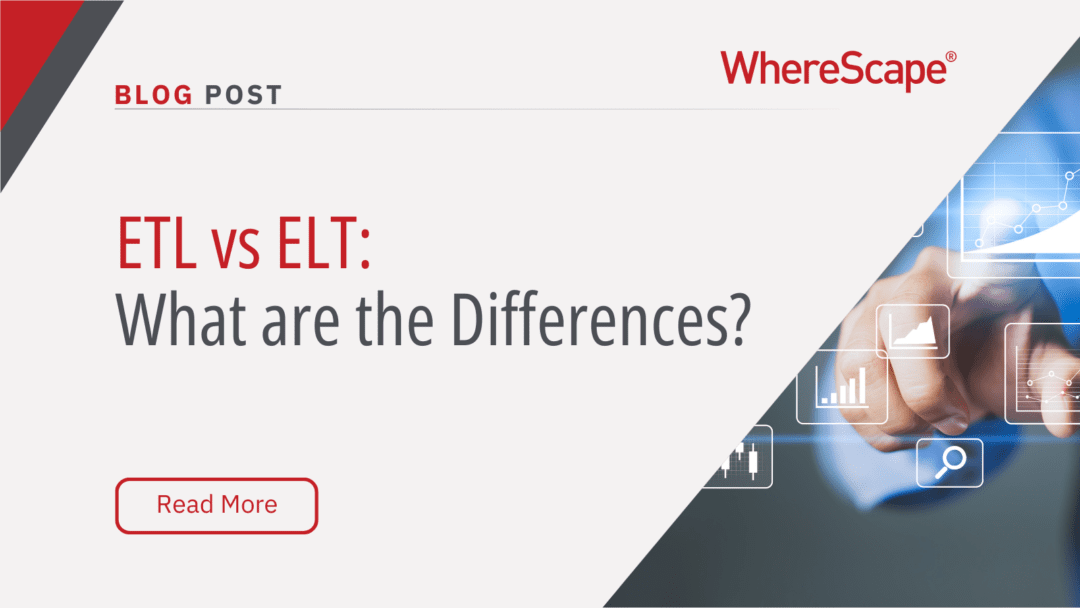
ETL vs ELT: What are the Differences?
In working with hundreds of data teams through WhereScape’s automation platform, we’ve seen this debate evolve as businesses modernize their infrastructure. Each method, ETL vs ELT, offers a unique pathway for transferring raw data into a warehouse, where it can be...
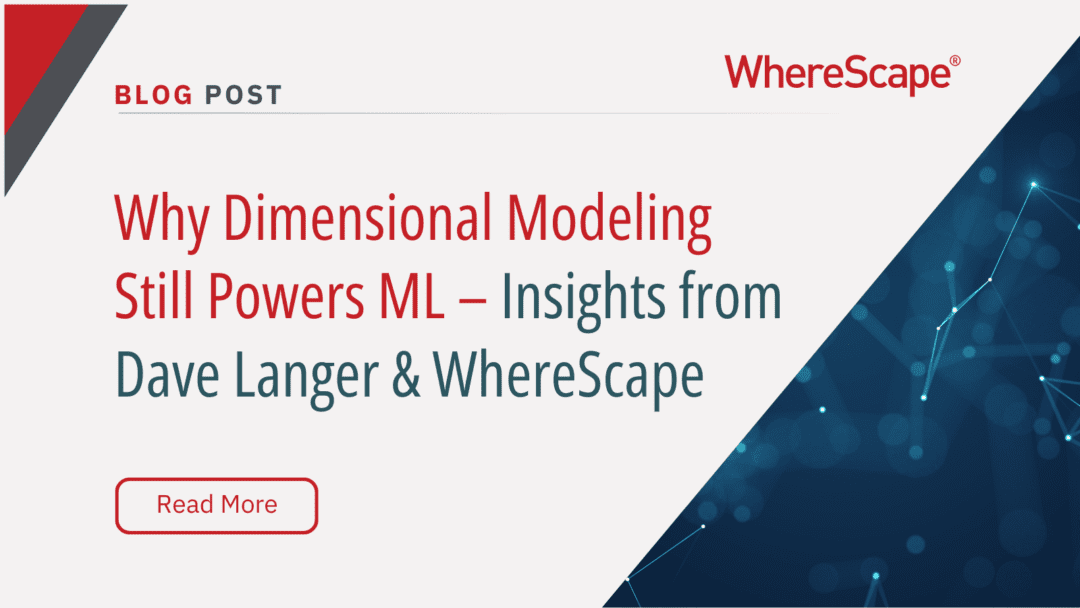
Dimensional Modeling for Machine Learning
Kimball’s dimensional modeling continues to play a critical role in machine learning and data science outcomes, as outlined in the Kimball Group’s 10 Essential Rules of Dimensional Modeling, a framework still widely applied in modern data workflows. In a recent...
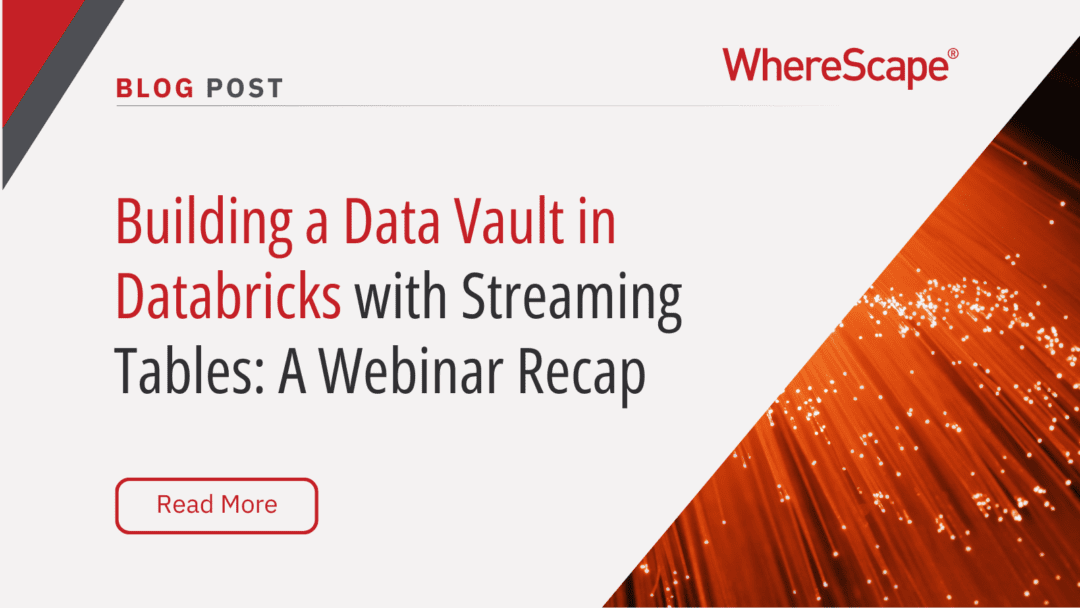
Automating Data Vault in Databricks | WhereScape Recap
Automating Data Vault in Databricks can reduce time-to-value by up to 70%—and that’s why we hosted a recent WhereScape webinar to show exactly how. At WhereScape, modern data teams shouldn't have to choose between agility and governance. That's why we hosted a live...
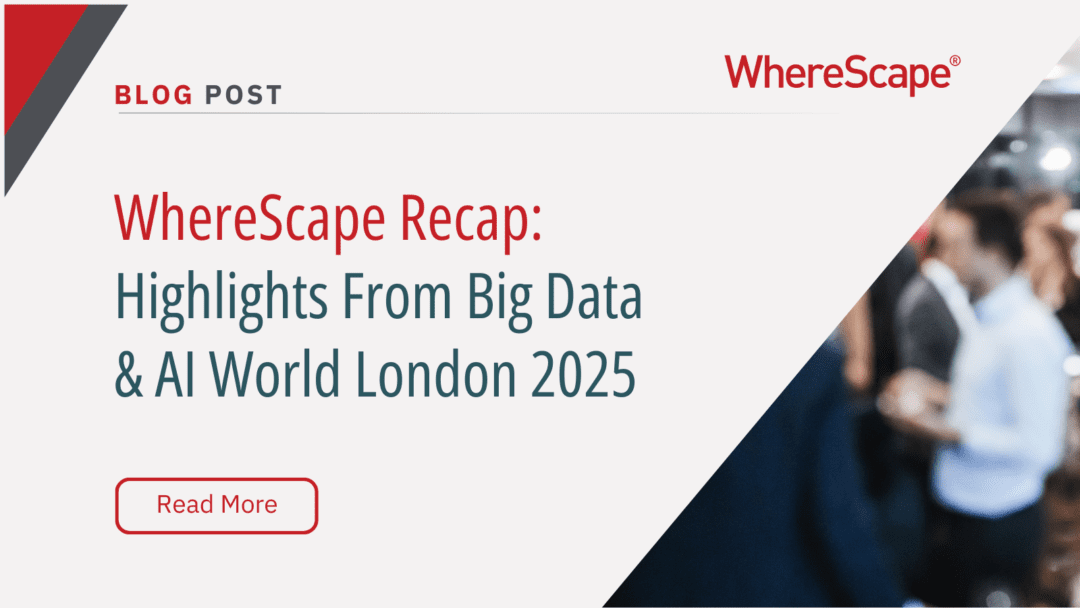
WhereScape Recap: Highlights From Big Data & AI World London 2025
Big Data & AI World London 2025 brought together thousands of data and AI professionals at ExCeL London—and WhereScape was right in the middle of the action. With automation taking center stage across the industry, it was no surprise that our booth and sessions...


